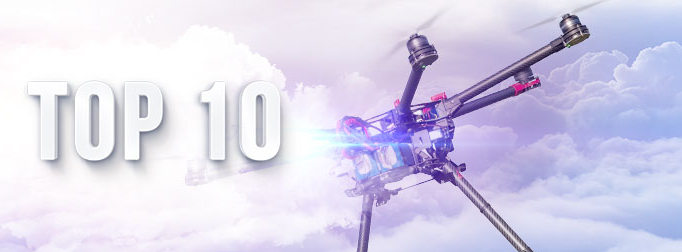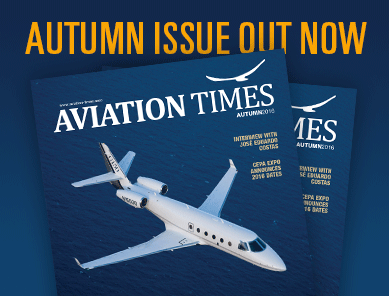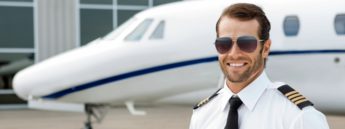Top 10 Myths About UAV (Drones)
UAV (unmanned aerial vehicle), UAS (unmanned aerial system), RPAS (remotely piloted aerial systems) or simply drones – there are many different names to identify these flying objects or its systems. You most certainly have heard one of these names before and know more or less about the aerial vehicles which, paradoxically, are pilotless, and are piloted by the person on the ground. Recently, public prevailed many diverse approaches to drones and its operating capabilities, some of which are still based on myths. So lets look at our list of Top 10 myths about drones that people still believe are true.
1. UAV is more like a toy than a real aircraft.
Despite the usage purposes – whether the operation is for recreational, hobby, business or commercial purposes – UAV is always considered to be a real aerial vehicle with a real pilot. It has nothing to do with toys – the “game” is more serious in this case!
2. Drones are armed and dangerous military/spy machines.
Believe it or not, some people still imagine drones as suspicious flying objects, controlled from a remote location, which are ready to attack at any time. Certainly UAV are widely used in military sector, but not in that extreme way. Drones are useful in search and rescue operations, monitoring and reconnaissance.
3. Drones are the same thing as street surveillance cameras.
It may seem a little bit ridiculous, but there are people who keep asking how UAVs differ from the street cameras, which monitor public spaces. Basically, drones are designed to fly unlike fixed cameras. It means that UAVs can monitor any area from the air. For example, drones can be used to follow a suspect from place to place without having to merge multiple video feeds from different fixed cameras.
4. Drones are small and cheap.
The consumer market is full of small and relatively cheap unmanned aircraft, which are usually designed for personal needs and activities. At the same time, there are quite large, heavy and respectively more expensive UAVs, used for commercial or military purposes.
5. Drones are easy to operate.
At first it may seem that drones are quite easy to learn to fly. Yes, let’s say it is true, but remember that no one is safe from the device system failure. To cope and to solve this problem properly, you need the right skills and knowledge. Taking the time to learn to operate the drone properly makes a far more competent pilot.
6. UAVs can only stay in the air awhile.
Another common myth about UAVs is that they have a short flight time and range. Well, many battery-powered UAVs have a limited flight time, ranging from several minutes to an hour. However, there is a variety of shapes, sizes, and capabilities which can stay aloft for many hours and have a range of thousands of miles.
7. UAVs are less safe than manned aircraft
Each drone, whenever it is in the air, has a pilot – the person who ensures not only operational precision but also is responsible for ground and flying safety. Furthermore, UAV systems have been getting safer along with the progress of aircraft and communication technology.
8. Drones will take over the world!
Probably this myth comes from science fiction field. Luckily, UAVs do not have their own brains and still need a ground controller to monitor their actions and commands. If you are still asking for an answer, then no, drones will not invade the Earth!
9. UAVs operation is free and uncontrolled by law.
This is certainly not true. The fact is that drones operations are regulated by each country’s CAA (Civil Aviation Authority) which is responsible for air space safety. These regulations are necessary to protect individuals and their property on the ground as well as to prevent collisions between the unmanned aircraft, and their collisions with other airborne objects, land or water vehicles.
10. UAV pilot license is useless.
Regarding the increasingly stringent regulations for UAVs operation, whether the aircraft is used for commercial or private purposes, it may be that quite soon you will first need to obtain the license in order to operate the unmanned aircraft. The license validates that the pilot is able to operate UAV according to the regulations and ensure the public safety. In addition, UAV pilot license provides a basic knowledge of general aviation and becomes the very first step if seeking a job as a UAV pilot.
Like any other myths, these top 10 myths are also based on a lack of information and create a distorted attitude in the public. To change the situation, an adequate education is required. And for those who have an interest in drones, we have some great news! Baltic Aviation Academy is preparing a UAV/UAS pilot training program to obtain the UAV/UAS pilot license.
Source: BAA
Publishing or copying the content of AVIATION Times without a written electronic permission is strictly forbidden. If you have any information, tips, videos, photos or your press releases for us contact us at news@aviation-times.aero.
AVIATION TIMES © Copyright 2012 - 2025








